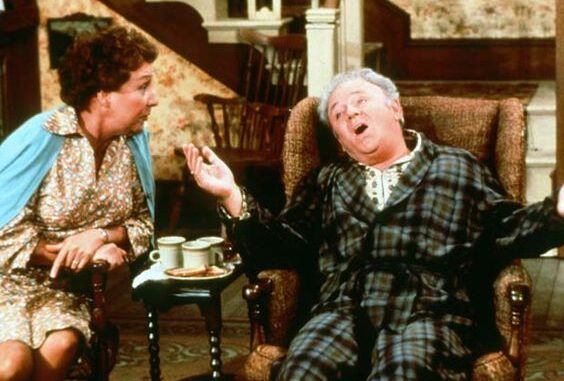
Save for early TV show pioneers like I Love Lucy, it’s hard to pinpoint a more important sitcom than All in the Family.
The fictional Archie Bunker may have changed howcreators wrote television characters decades later. Carroll O’Connor, Jean Stapleton, Sally Struthers, Sherman Hemsley, and Rob Reiner became entertainment royalty. However, when the pilot first premiered, the cast and characters looked slightly different. 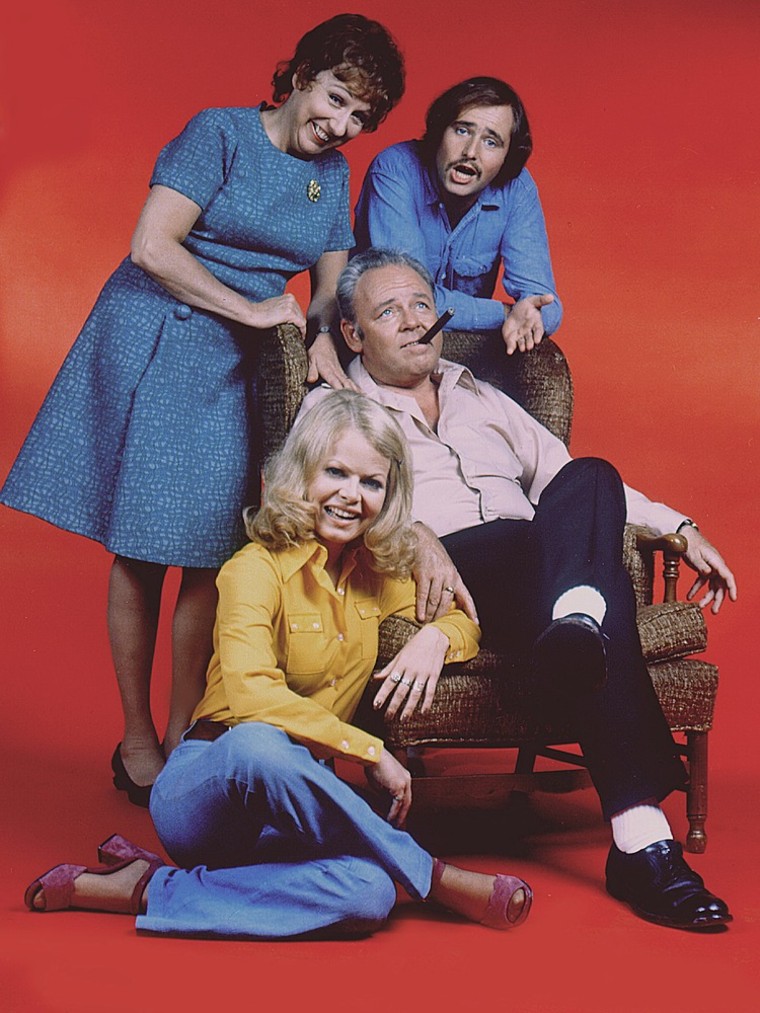
Origins of ‘All In the Family’
Pilot season is a staple of the television world. Up-and-comers and television veterans alike scramble together an episode with hopes that it sells. However, just because a pilot is a hit doesn’t mean it will be official. Thus was the case for Justice for All, a Norman Lear-directed pilot that eventually became All in the Family.
According to Vulture, not everything about the pilot was different. Despite lear’s interest in Hollywood superstar Mickey Rooney as the show’s lead, O’Connor and Stapleton stepped into the roles that helped define them. O’Connor won the role after Rooney declined. Every other character in the show was recast. Tim McIntire and Kelly Jean Peters played Richard and Gloria, and D’Urville Martin played Lionel Jefferson.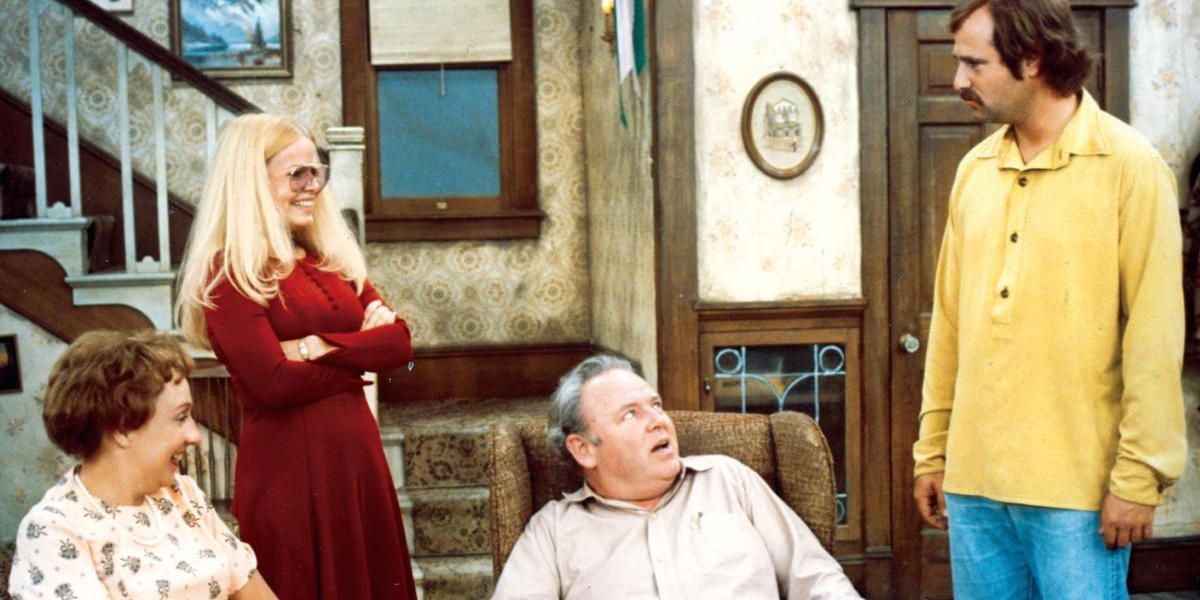
However, while the pilot remained unseen by general audiences for many years, it boasted many staples that helped define its eventual form. Archie Justice went on long-winded rants about racism, anti-Semitism, sex, and food. ABC loved it, but it didn’t mean that they were quite ready.
The show’s road to success
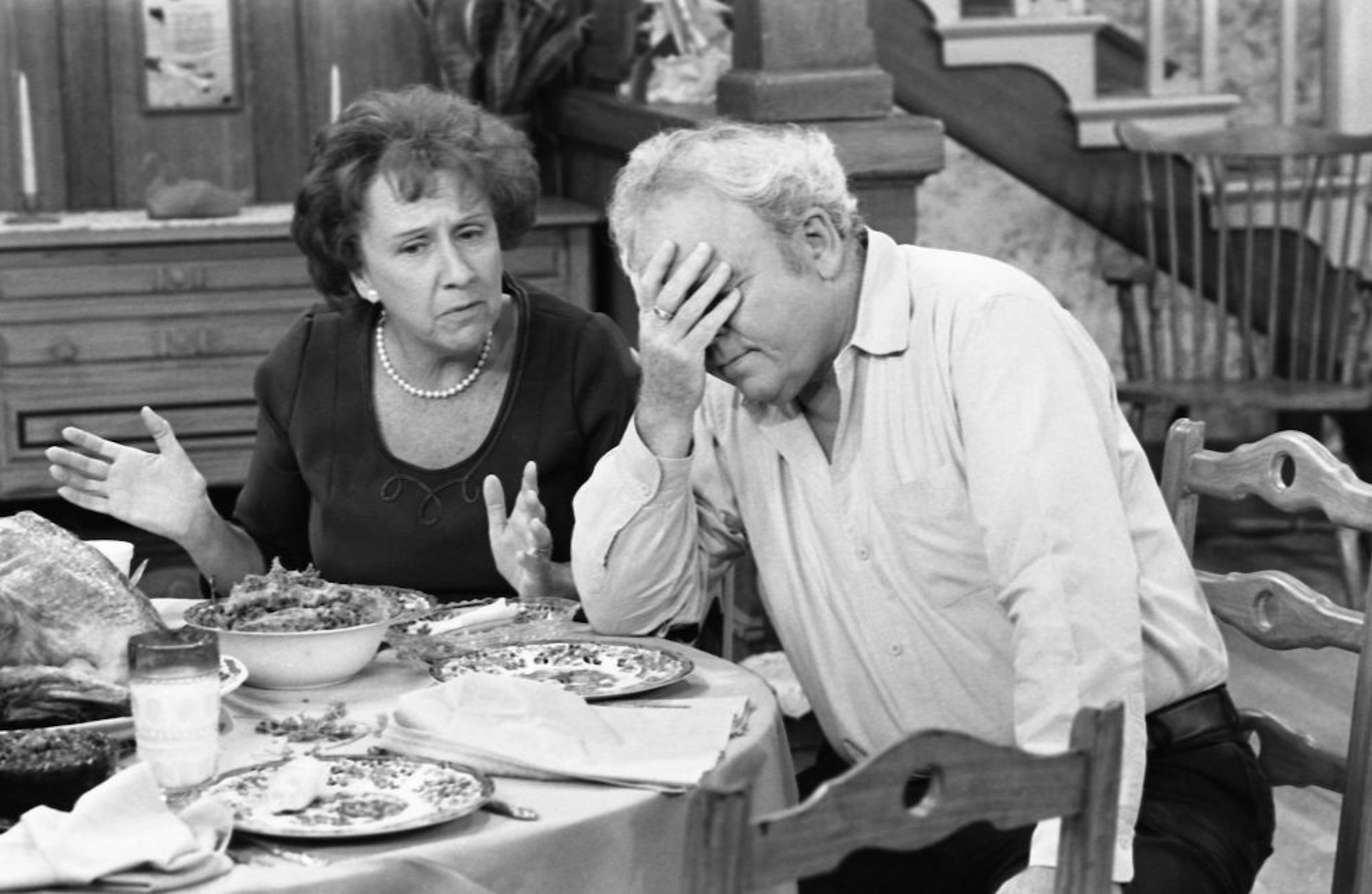
According to Lear, ABC passed on the pilot due to chemistry issues between O’Connor, Stapleton, and the original actors who played their kids. They recast Rich and Gloria, calling on Candy Azzara and Chip Oliver to play the roles while Martin returned as Jefferson. ABC passed on this pilot, too, finding it too racy for their audience.
Luckily for Lear, CBS was interested, too, and immediately picked up the show. However, once they worked out kinks, the Justice family became the Bunkers, Gloria and Rich were played by Struthers and Rob Reiner, and Sherman Hemsley came in as Lionel Jefferson, the man who not only helped the Bunkers see things from a different angle but also spearheaded his own wildly successful spin-off.
Most importantly, the series helped show that network television could give people honest thoughts on everyday issues in a funny way. While Bunker was often misunderstood as an aspirational figure to look up to, O’Connor perfectly conveyed the type of casual bigotry and obtusity found in the older generation as society got more liberal toward race, sex, and other social issues.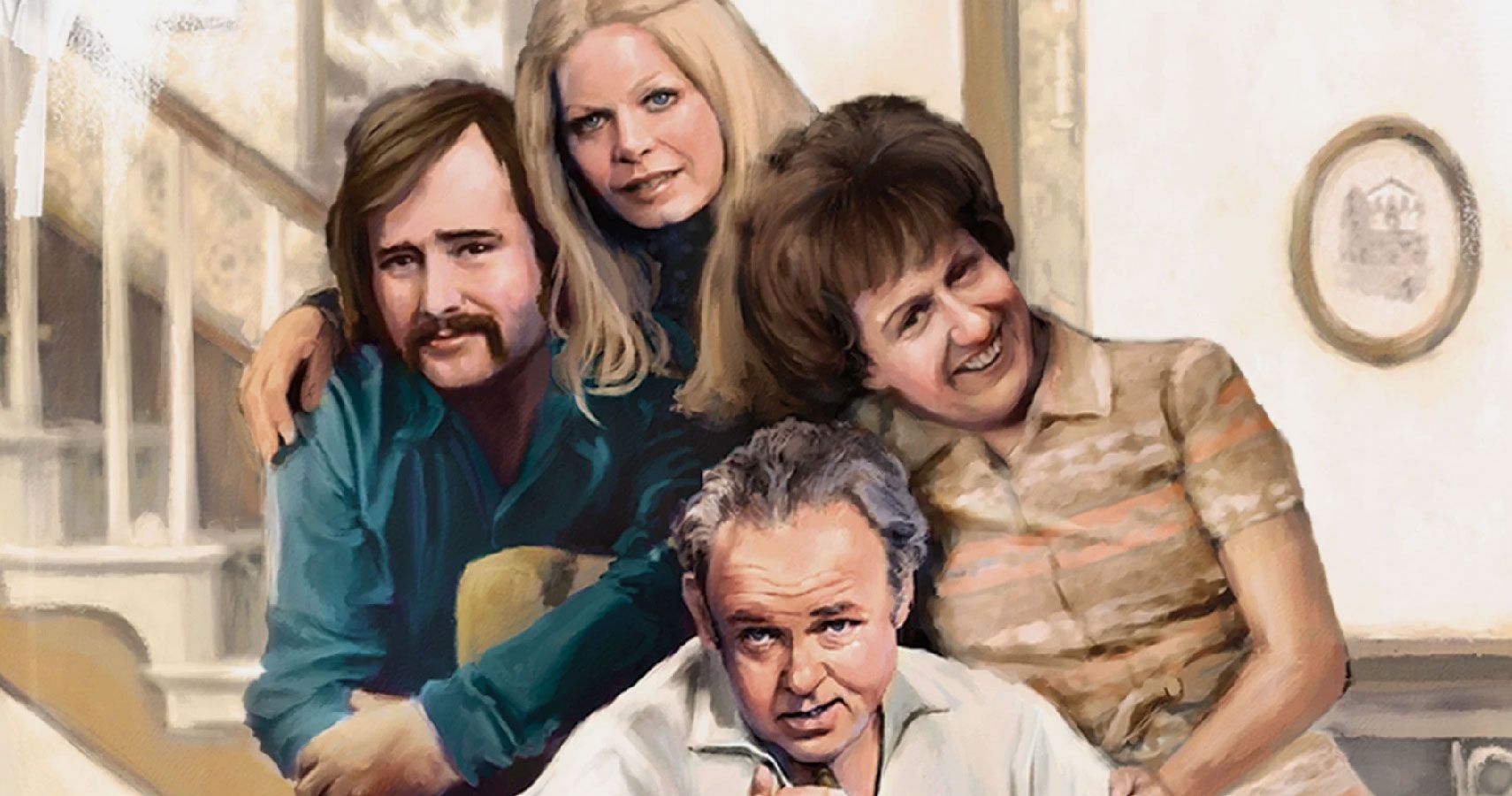
All in the Family remained on the air for nine years, with O’Connor returning for Archie’s Place for another four years after. To this day, it remains an integral part of television history. However, its struggles to get on the air show just how cutthroat television can be.
Those were the days…
Lear, who is still making television hits despite being just shy of 100 years old, spoke about the struggles of making it into television in a 2015 interview with The Hollywood Reporter.
Talking about what drove him toward the series, he claimed that he never changed the script between the episodes, just the tiny details that didn’t work.
“I made pilots two more times before it finally went on the air on CBS in 1971. I never changed the script though. The first show had to show 360 degrees of Archie Bunker, and the script did that. CBS had recently brought in a new network president, Robert Wood. He knew about the pilot, watched it, and called me. I said I didn’t want to meet about another pilot. I would only take the meeting if he wanted to talk about putting it on the air. And he did,” the pioneer said of his creation. 
All in the Family still resonates today. A recent tribute to the series starring Woody Harrelson and Marissa Tomei was a smash hit on television and a darling come award season.
Television may have survived if All in the Family remained in development hell, but the entire landscape would look much different. Thankfully, CBS saw the magic behind Lear’s thoughts, and the rest is history
